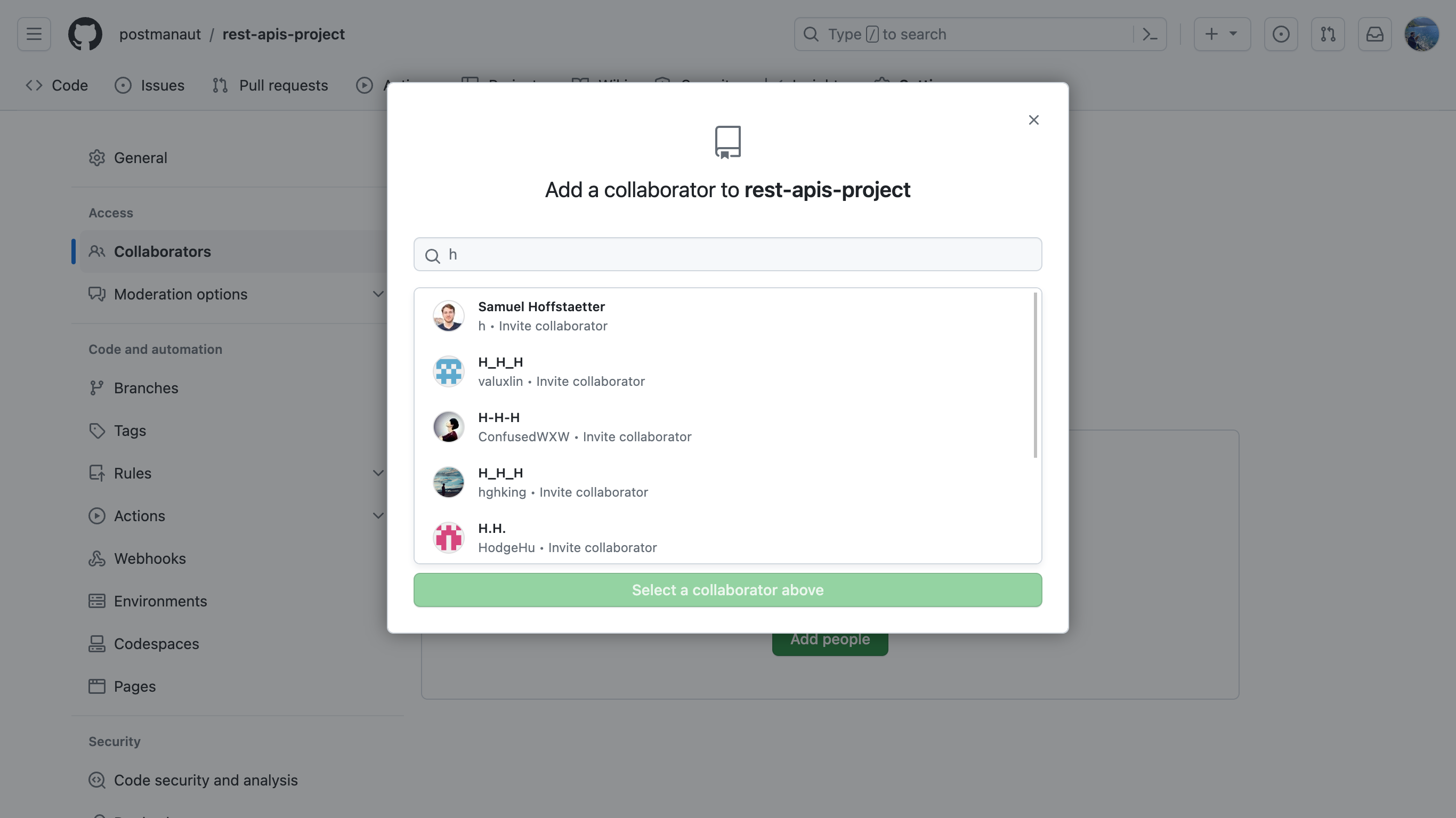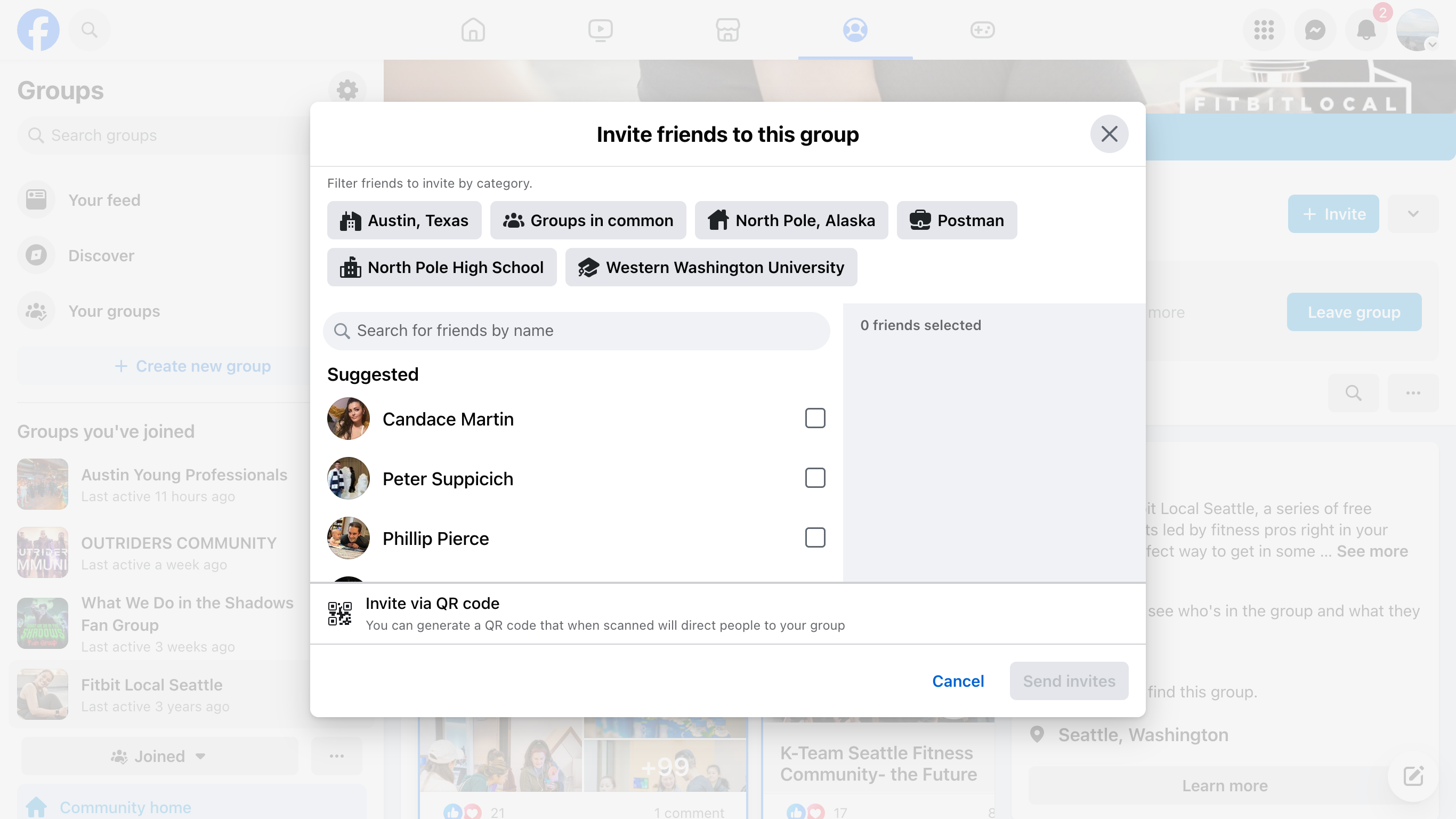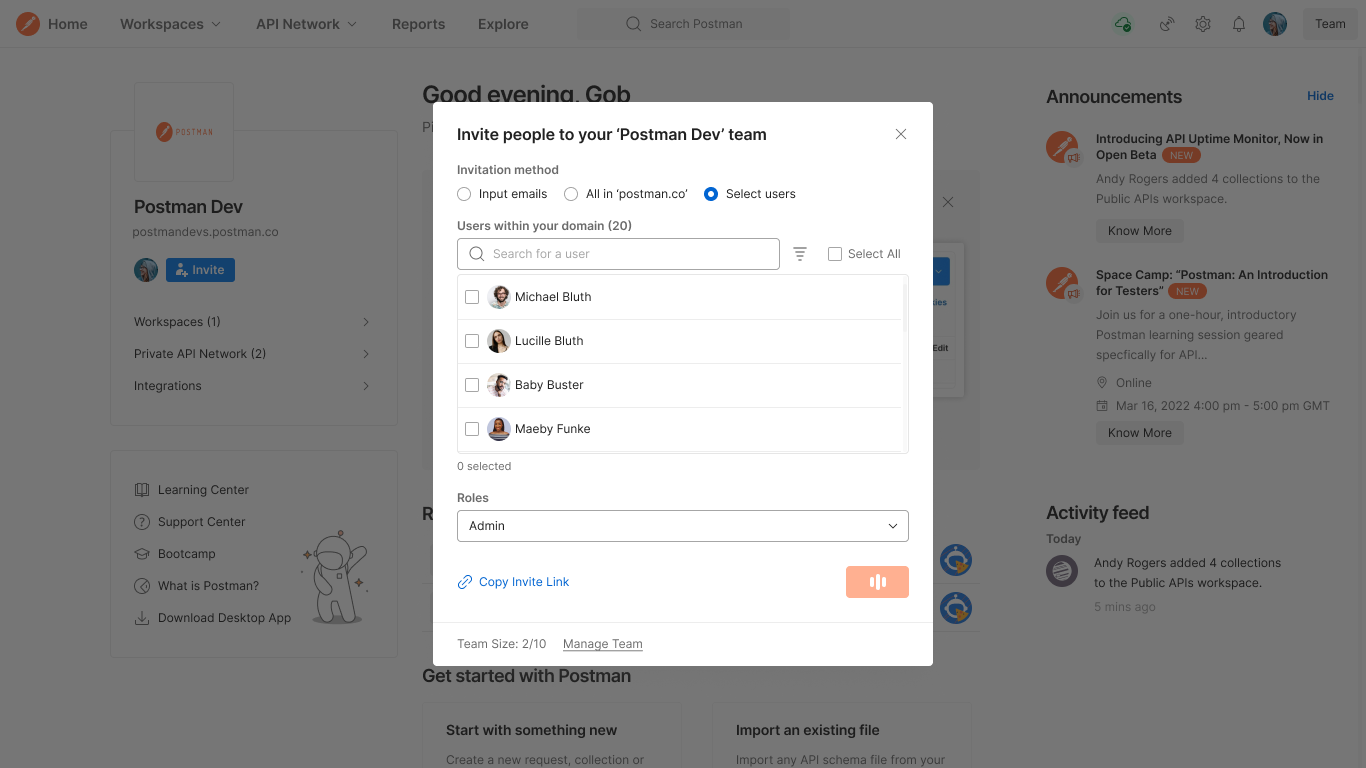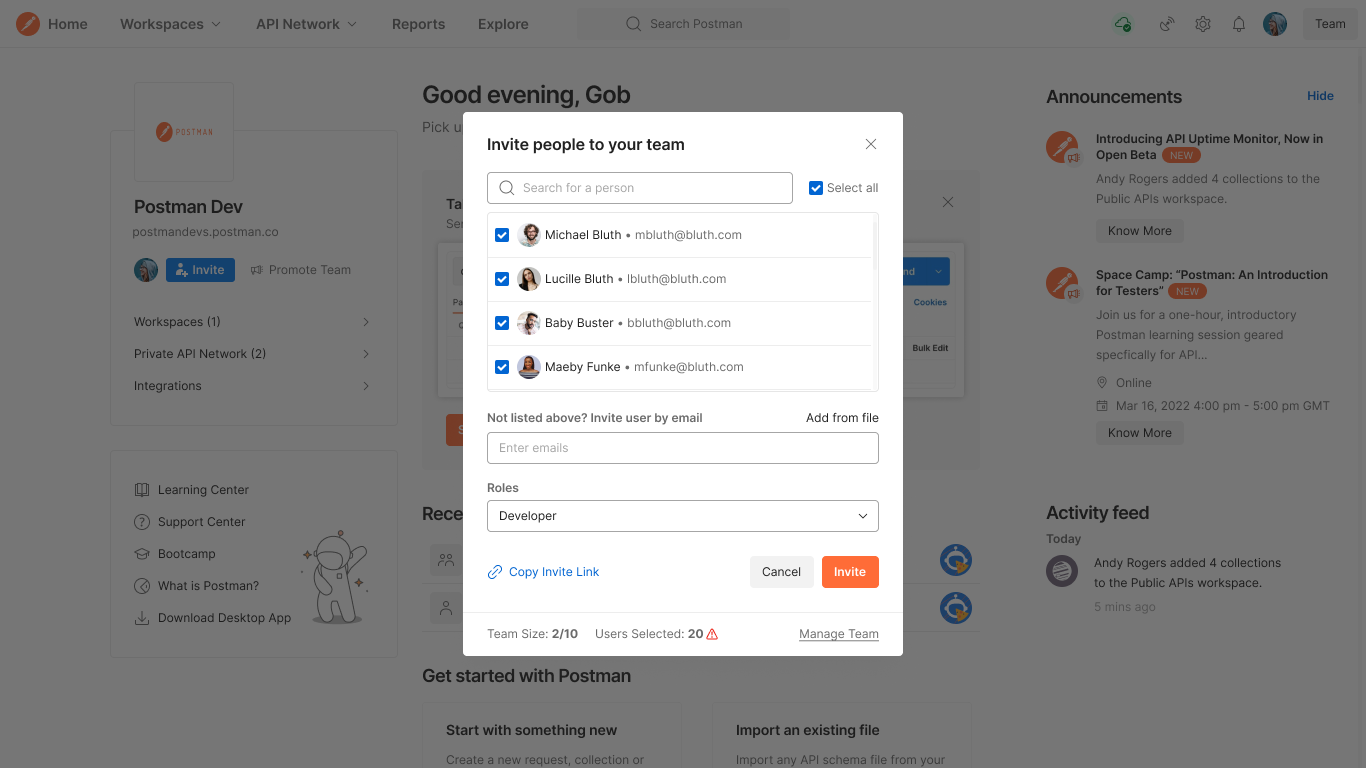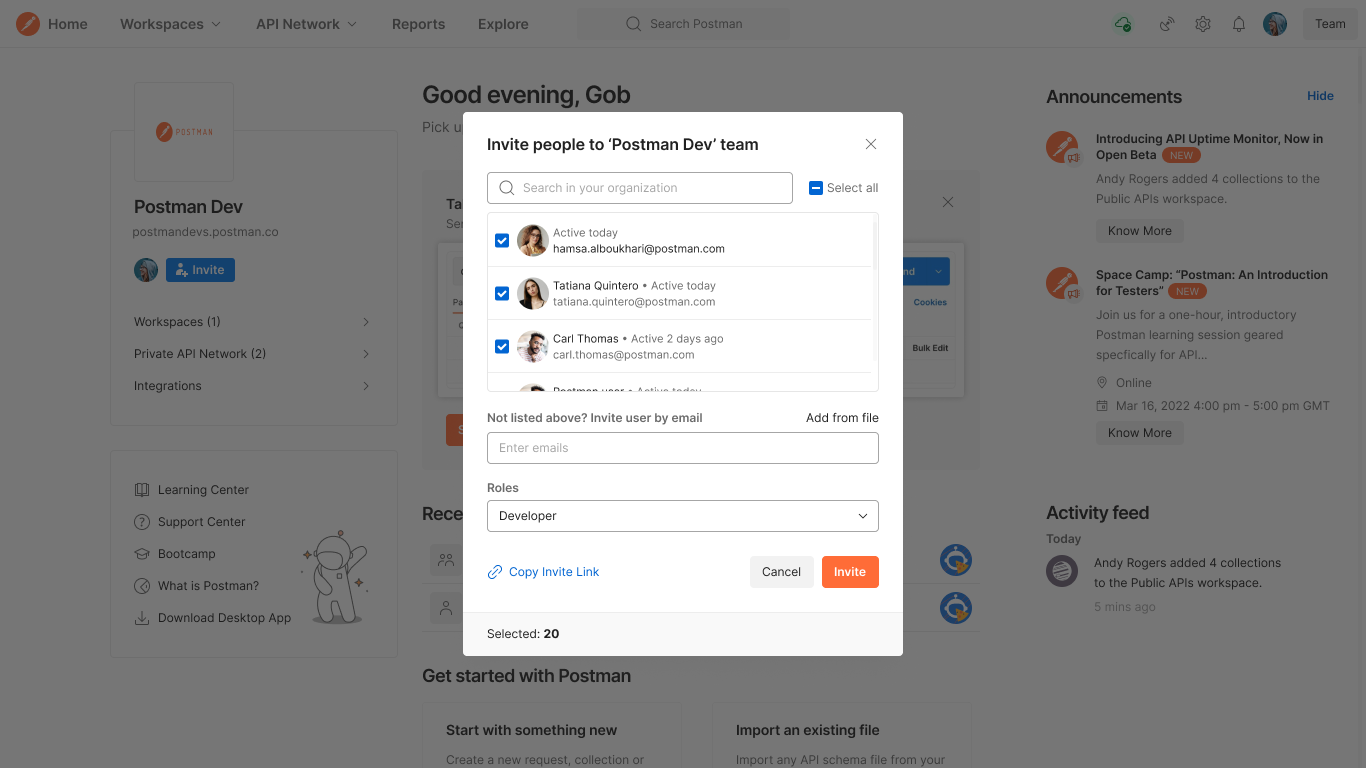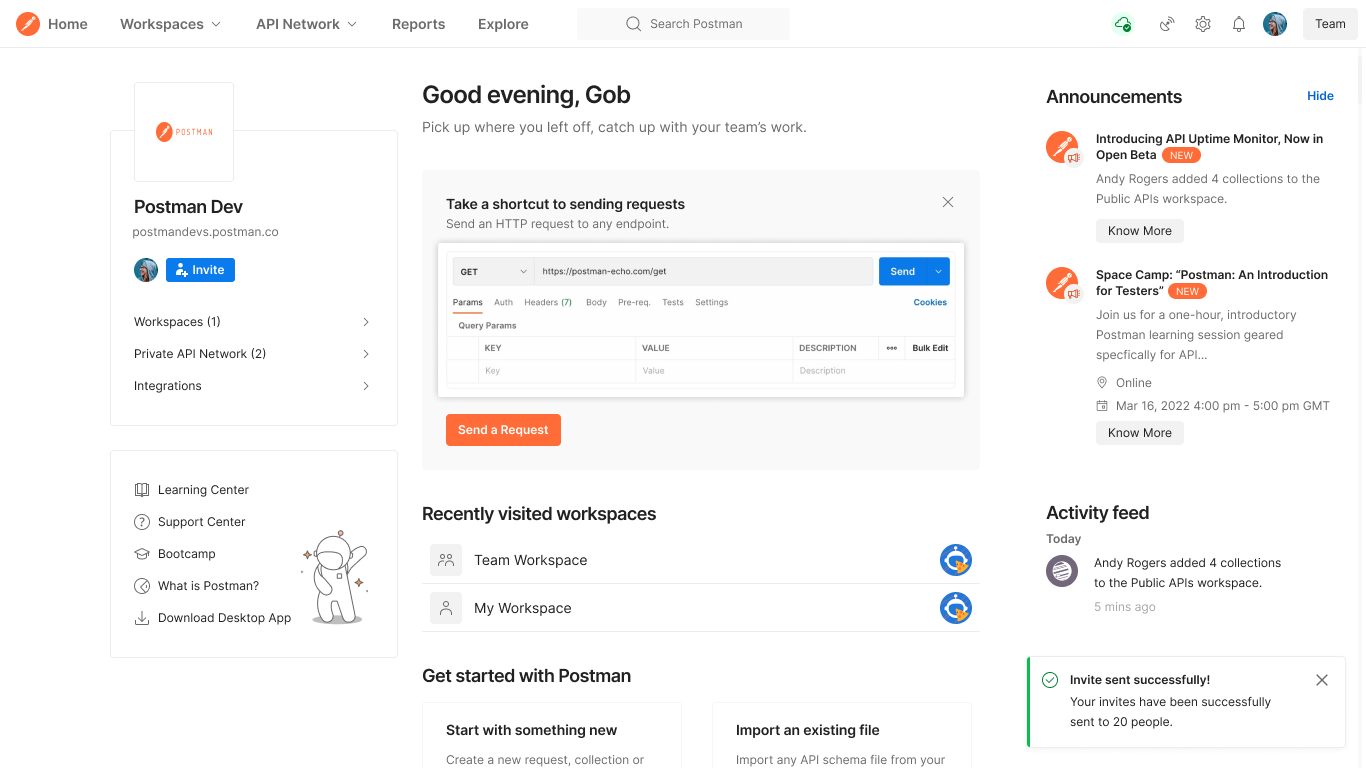Collaborating with your teammates should be intuitive and easy. This project looked at an opportunity that would increase team sizes, by improving collaboration and share/invite workflows. Became the highest impacting Growth project of 2022, aiding Postman in its 100mil ARR goal.
This work would add:
- Improve sharing / inviting within a Pro-domain
- Improve collaboration within teams across Postman
- Increase size of Pro-domain teams

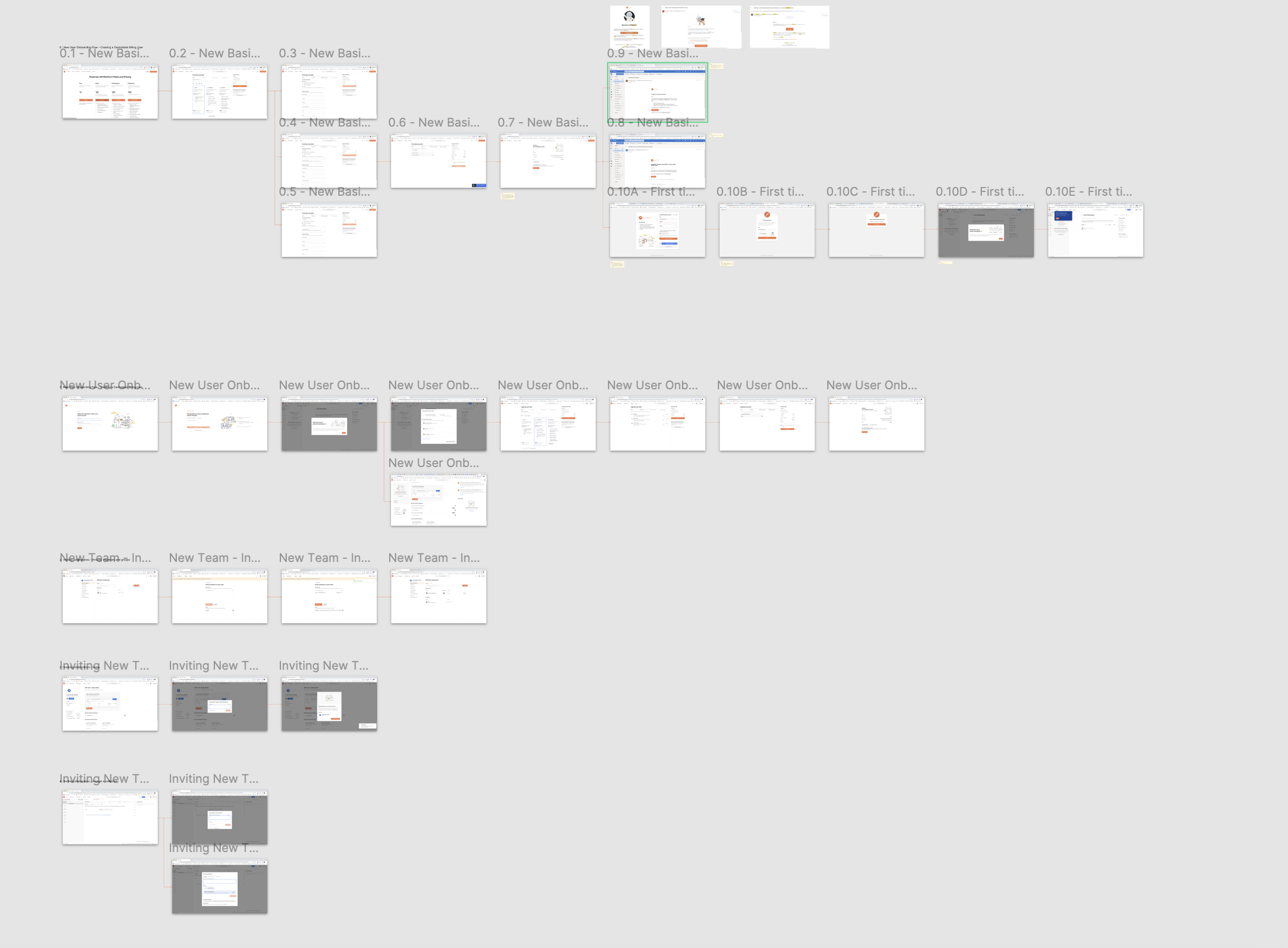
![3 - [User Flow] _ Inviting a person to a workspace](https://carlthomasiv.com/wp-content/uploads/2023/09/3-User-Flow-_-Inviting-a-person-to-a-workspace.png)


